The South Central Coast region includes Da Nang city and 07 provinces: Quang Nam, Quang Ngai, Binh Dinh, Phu Yen, Khanh Hoa, Ninh Thuan and Binh Thuan , with a natural area of 44,376.9 km2 .
With the overall development perspective, the region includes Da Nang city and 07 provinces: Quang Nam, Quang Ngai, Binh Dinh, Phu Yen, Khanh Hoa, Ninh Thuan and Binh Thuan, with a natural area of 44,376.9 km2 .

Illustration photo source Internet
Especially closely linked to the simultaneous development of sea and island tourism , cultural tourism and eco-tourism; in which sea and island tourism is the spearhead; cultural tourism is the foundation, focusing on the cultural values of Champa, Sa Huynh, the culture of the coastal residents of the Central region, the culture of the ethnic groups in the East of Truong Son mountain range, the relics associated with the history of the struggle to build and defend the country of the nation, to develop specific types of tourism of the Region. Focus on developing in-depth tourism in the Region, towards improving quality and professionalism to ensure tourism products have brands and are highly competitive.
Closely combine tourism development with ensuring national defense - security and environmental protection; strengthen tourism development linkages between localities in the Region to maximize the potential and strengths of tourism in the whole Region. Promote socialization of tourism development, mobilize legal capital sources at home and abroad to invest in tourism development.
With the goal of exploiting the potential and advantages of the Region to develop sea and island tourism to become the leading strength of Vietnam tourism. Develop modern tourist cities, tourist areas, national tourist destinations with high-class service facilities. By 2020, tourism will become an important economic sector and strive to become a spearhead economic sector in the economic structure of the Region by 2030, contributing to affirming national sovereignty and sovereign rights over the sea and islands of Vietnam.
Regarding the orientation of developing both domestic and international tourist markets. Attracting and strongly developing the markets of Northeast Asia, Japan, China, Korea, Taiwan; the markets of Russia and Eastern European countries and the markets of Southeast Asian countries. Maintaining the exploitation of traditional markets from: Western Europe, Northern Europe, North America and Australia. Expanding new markets: India, Türkiye, countries from the Middle East region...

Illustration photo source Internet
Strongly develop the intra-regional tourism market; the tourist market from Hanoi capital, Ho Chi Minh City and the provinces of the Central Highlands; focus on the tourist market for the purpose of relaxation, entertainment, weekend breaks, festivals, spirituality, shopping. Encourage the development and expansion of the thematic tourism market and tourism combined with business.
Exploit the potentials and advantages of the Region to form attractive and highly competitive tourism products; focus on improving the quality of travel, accommodation, food and entertainment services. Prioritize the development of key product groups such as sea resort tourism products, tourism products associated with world cultural heritage. Diversify tourism products with complementary products such as conference and seminar tourism; cruise tourism; sea sports tourism; marine eco-tourism; nature discovery tourism; sightseeing tourism; culinary culture tourism; urban tourism; medical and beauty tourism; community tourism; rural and agricultural tourism; festival and spiritual tourism...
Regarding the space for tourism development, the Northern tourism sub-region: Including Da Nang city and the provinces of Quang Nam, Quang Ngai, Binh Dinh; with the direction of exploiting typical tourism products, including: World cultural heritage tourism associated with the ancient town of Hoi An and the My Son temple complex, the cultural values of Champa, Sa Huynh, visiting historical relics associated with the struggles to build and defend the nation; sea and island resorts; conferences, seminars; ecology, entertainment, sports, weekend breaks; festivals, spirituality...
Southern tourism sub-region: Including the provinces of Phu Yen, Khanh Hoa, Ninh Thuan and Binh Thuan; with the direction of exploiting typical tourism products, including: sea - island resorts; cultural tourism associated with Cham Pa cultural values, culture of ethnic groups in the East of Truong Son range; agricultural and rural ecology; festivals, spirituality of tourist areas, tourist spots, tourist urban areas and tourist centers
Particularly focusing on investing in developing 09 national tourist areas, including: Son Tra, Ba Na (Da Nang), Cu Lao Cham (Quang Nam), My Khe (Quang Ngai), Phuong Mai (Binh Dinh), Xuan Dai Bay (Phu Yen), Bac Cam Ranh (Khanh Hoa), Ninh Chu (Ninh Thuan) and Mui Ne (Binh Thuan); 06 national tourist destinations, including: Ngu Hanh Son (Da Nang), My Son (Quang Nam), Ly Son (Quang Ngai), Truong Luy (Quang Ngai, Binh Dinh), Truong Sa (Khanh Hoa) and Phu Quy (Binh Thuan) and 04 tourist cities, including:
Da Nang City, Hoi An City (Quang Nam), Nha Trang City (Khanh Hoa) and Phan Thiet City (Binh Thuan). Tourism center: Develop Da Nang City into a tourism center of the Region and the Northern tourism sub-region; Nha Trang City (Khanh Hoa) into a tourism center of the Southern tourism sub-region, and at the same time play the role of a supporting center of the Region; Quy Nhon City (Binh Dinh) into a supporting center of the Northern tourism sub-region and Phan Thiet City (Binh Thuan) into a supporting center of the Southern tourism sub-region.
Main tourist routes: include major national highways connecting regional tourist centers, sub-regional centers, local tourist centers with tourist areas and tourist attractions in the region. For auxiliary tourist routes: are tourist routes connecting from sub-regional tourist centers, local tourist centers, tourist cities to neighboring tourist attractions in the sub-regional space. Based on the intra-regional route system, specialized tourist routes are formed and exploited: marine ecology, exploring coastal and offshore seas and islands; countryside tours, visiting agricultural and rural craft villages; river tourism...
Inter-regional tourism routes by road, rail, waterway and air, connecting to the provinces of the Central Highlands; the Southeast region and the Southern provinces; the North Central region and the Northern provinces. Based on the inter-regional tourism route system, continue to exploit thematic tourism routes: the "ASEAN Heritage Road" tourism route connecting with the "Central Highlands Green Road" and "Legendary Ho Chi Minh Road" tourism routes and the tourism route visiting the historical and cultural relics of Champa.
Developing national tourism routes based on expanding inter-regional tourism routes linked to the system of international airports: Da Nang, Cam Ranh (Khanh Hoa) and Chu Lai (Quang Nam); the trans-Asian railway and road; national highways: 1A, 9 and 19 in the East-West corridor connecting with the international land border gate system of Lao Bao (Quang Tri), Cha Lo (Quang Binh), Bo Y (Kon Tum), Le Thanh (Gia Lai) and waterway routes through the seaports: Tien Sa (Da Nang), Quy Nhon (Binh Dinh), Nha Trang, Cam Ranh (Khanh Hoa).
Regarding investment, it includes investment capital from the budget, including ODA capital, FDI capital, capital mobilized from contributions of organizations, enterprises, domestic economic sectors and other legally mobilized capital sources. In which, investment capital from the state budget is arranged based on the ability to balance the annual budget and according to the progress of each stage.
With investment programs and projects: Prioritize investment in developing 09 national tourist areas, 06 national tourist destinations in the Region. Invest in 04 tourism development programs: Training and developing human resources; promoting and building regional tourism brands; preserving, embellishing and developing resources and developing key tourism infrastructure./.
Vuong Thanh Tu



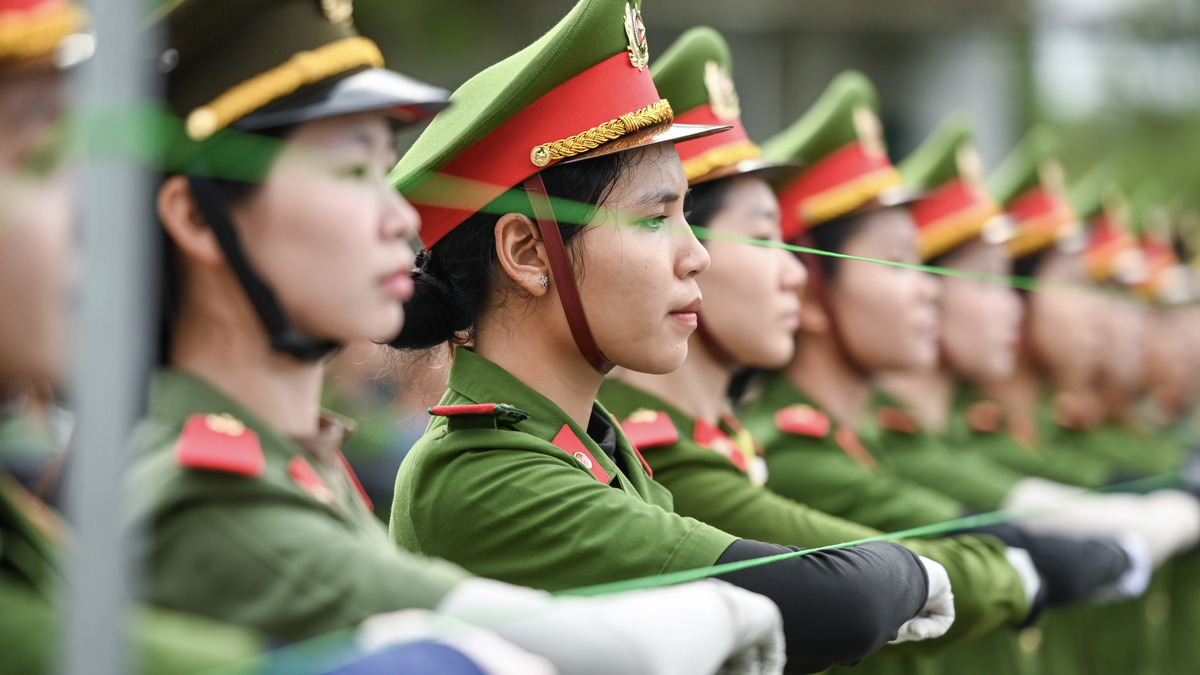


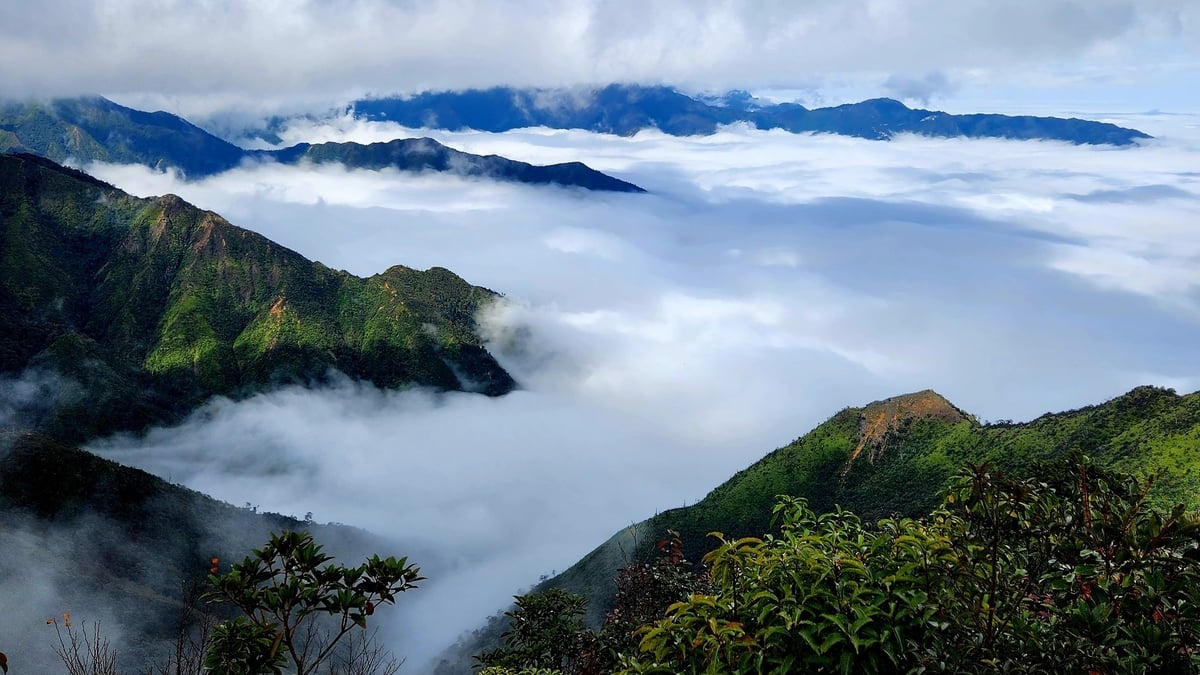



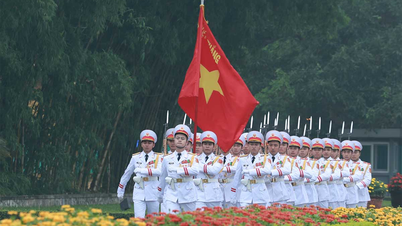
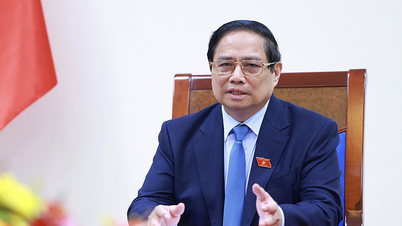



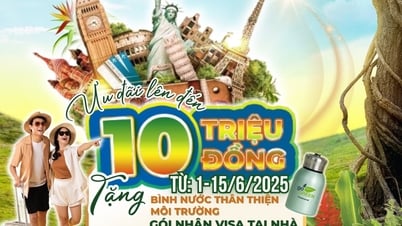
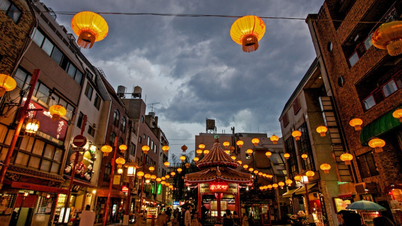




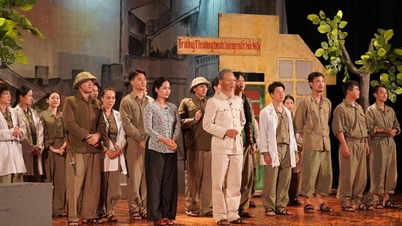
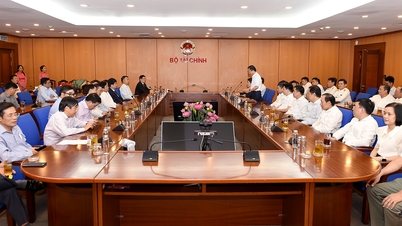


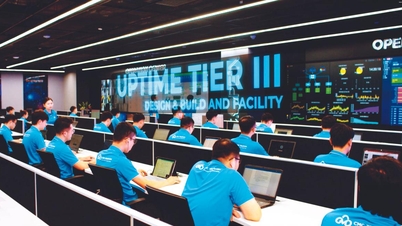


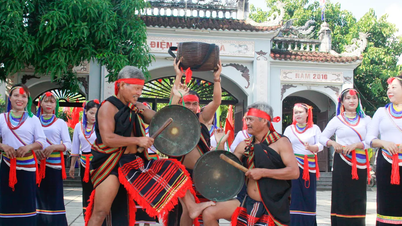

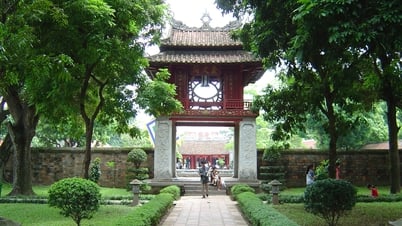

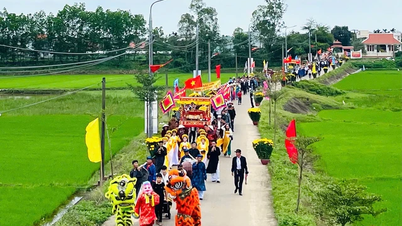

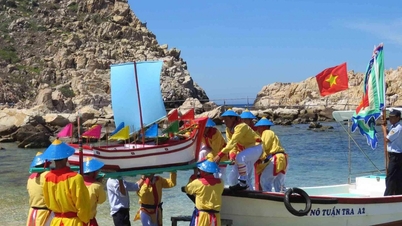



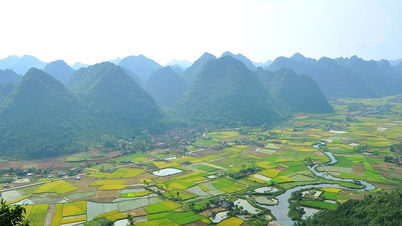











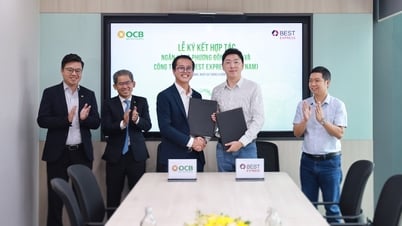
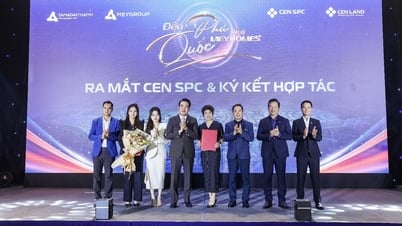
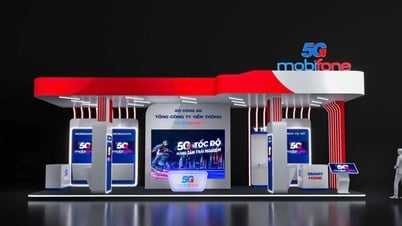


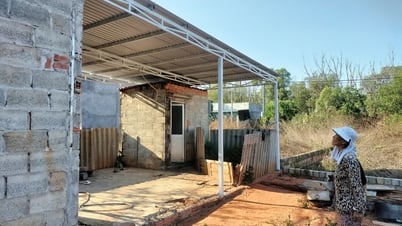
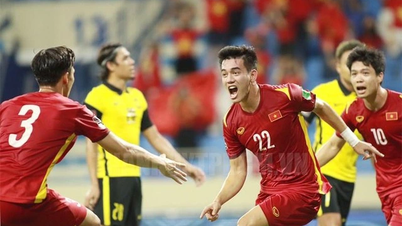
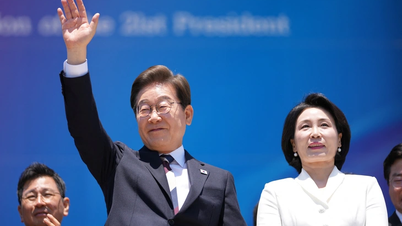

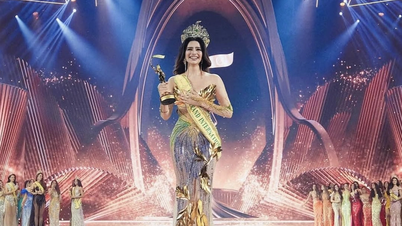



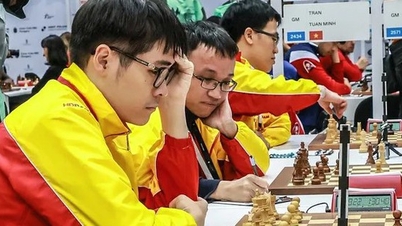

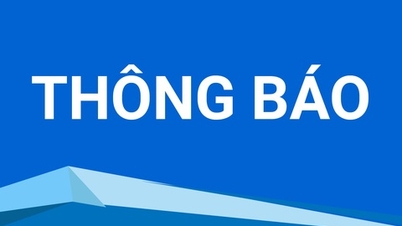





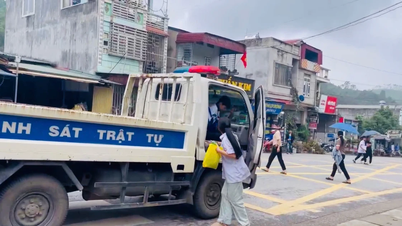
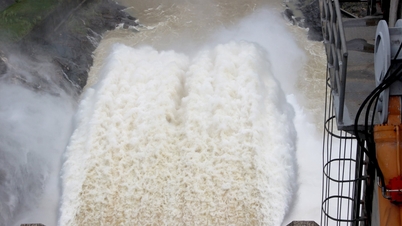

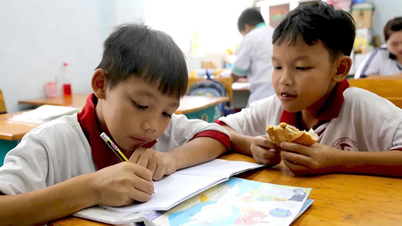

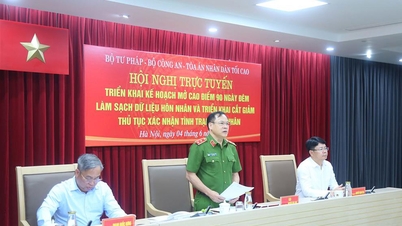







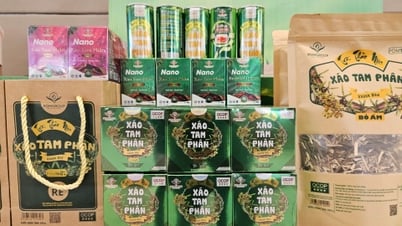

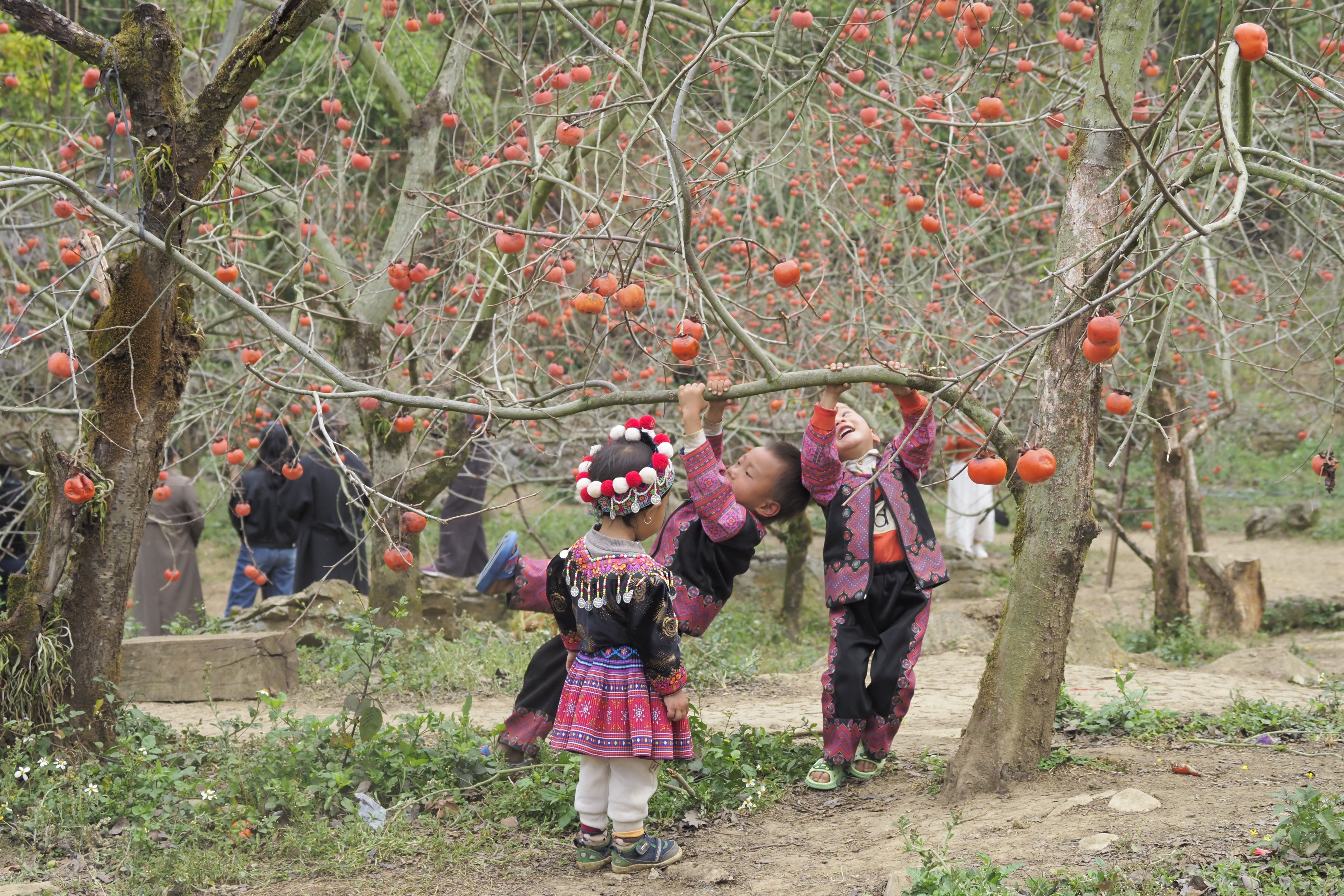
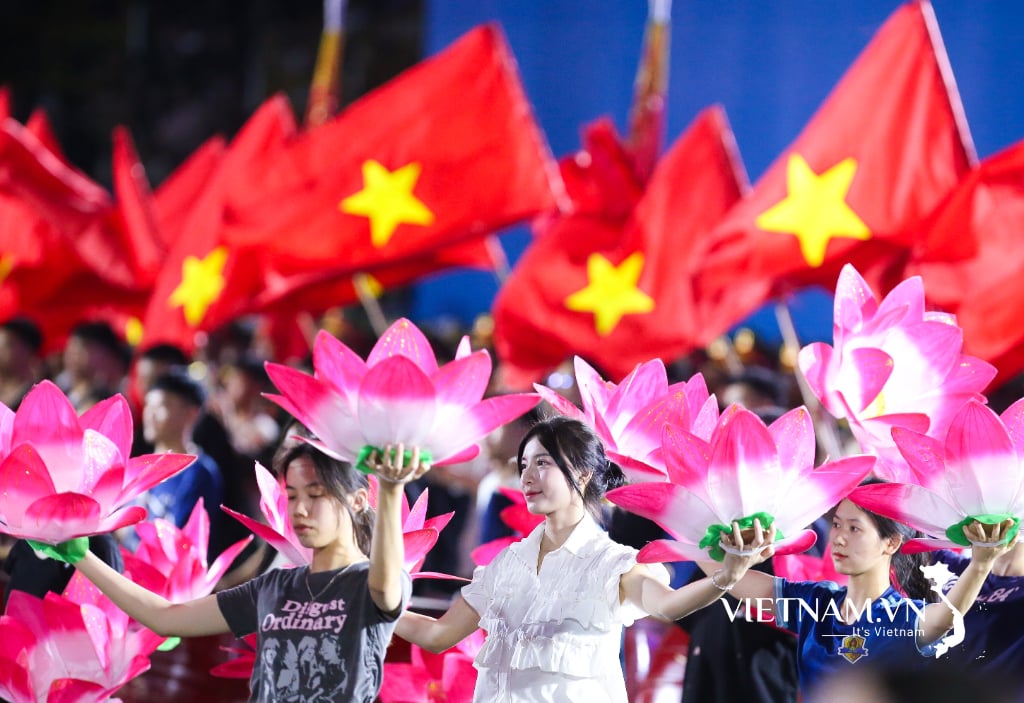

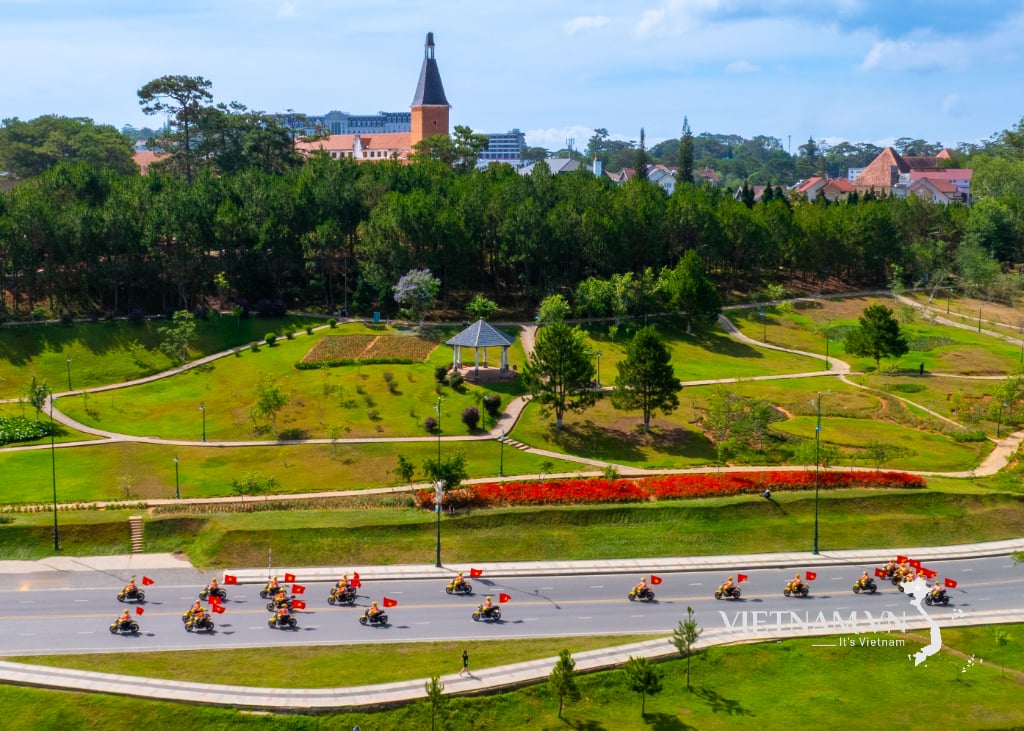
Comment (0)